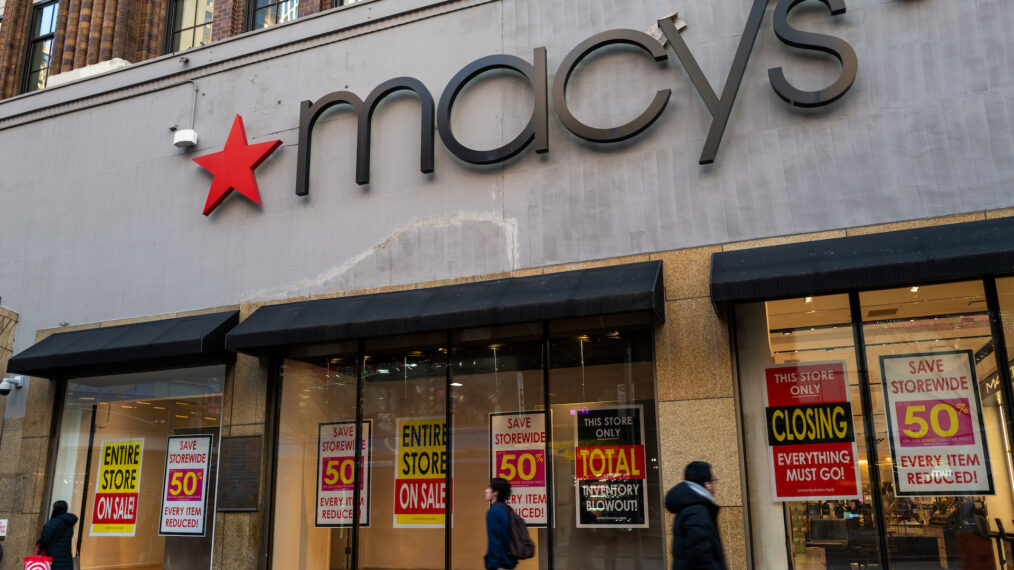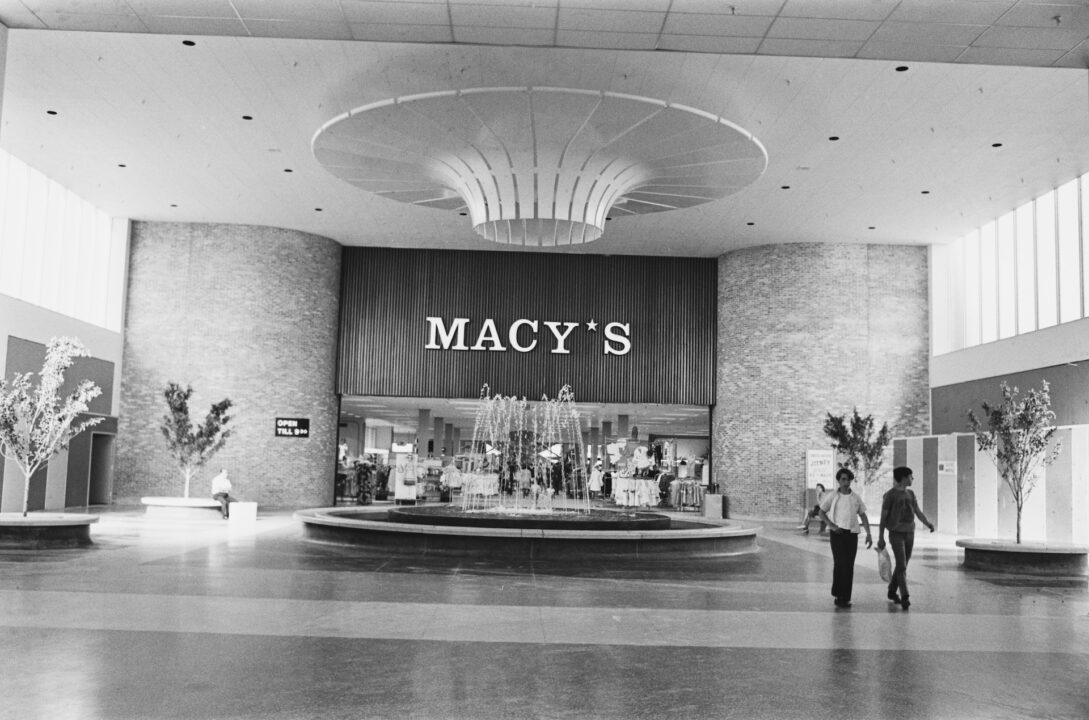How Many Macy’s Stores Are Left?

Towards the end of the 20th century, it often felt like there was no bigger department store chain than Macy’s. But after outlasting fellow stores like Gimbels and Montgomery Ward, Macy’s is now also struggling, with the recent announcement that they will close 66 stores across the nation within the first three months of 2025. This comes after Macy’s already closed 300 stores between 2015 and 2023. How many Macy’s locations remain open in the U.S.? And why is the legendary company in such dire financial straits?
How did Macy’s get so popular?

The first Macy’s was opened in 1851 in Haverhill, Massachusetts, by R.H. Macy, though it wasn’t yet a place where you could buy everything from silk sheets to a wedding dress — the original Macy’s was a dry goods store, designed to serve the needs of local mill workers. It didn’t last, but Macy took the lessons he learned and relocated to New York City, where he opened the R.H. Macy store in 1858. The store was a success with shoppers and expanded, slowly turning into the store we know today; Macy’s hired the first of its signature department store Santas in 1862, and began decorating special holiday window displays in 1874.
By 1902, business was booming for the company, and they began work on their iconic Herald Square flagship store, immortalized in the 1947 film Miracle on 34th Street; the store began organizing their famous Thanksgiving parades in 1924.
They also began expanding. Starting in the 1920s, the Macy’s company began purchasing other department store chains around the country, which sometimes bore regional names, like Macy’s San Francisco, which opened in 1947. But they didn’t begin opening proper outposts of the brand outside the New York City area until 1983, when multiple Macy’s locations in Florida, Texas and New Orleans, Louisiana were unveiled.
Why is Macy’s closing so many stores?

Ian Tyas/Keystone Features/Hulton Archive/Getty Images
Macy’s grew throughout the ’90s and ’00s, a time when you likely saw a store pop up in your local mall. The new stores sometimes replaced local and regional department stores that the Macy’s company had purchased; on a single day in 2006, 400 department stores around the country that had once belonged to other companies became part of Macy’s. The brand hit its peak in 2018, with 641 Macy’s department stores open across the world,
But the company’s financial problems also began around then. Staring in 2015, Macy’s began regularly announcing the closure of stores and employee layoffs; it also experienced continuous drops in profit. Attempts to modernize the store by doing things like selling Apple products did not bring in as many new customers as executives hoped. In 2024, Macy’s fought off attempts by multiple investment firms to buy the brand.
How many Macy’s stores are there now?
Today, there are 350 Macy’s stores in the U.S., with 129 additional Macy’s Furniture and Furniture Clearance centers, as well as former Macy’s stores that have been closed to shoppers and now function as fulfillment centers for online orders. 350 is certainly not a small amount of anything, but it does represent a major drop for a chain that at one point had almost twice as many outposts.
There’s no way to know what the future holds for Macy’s — it may find a way to pivot back to stability. Or it may go the way of Bullock’s, I. Magnin, Robinson & May, and the other department stores that now exist only in our memories.

Vintage Brands
June 2023
Look back at memorable celebrity endorsements, network sponsorships and just plain bizarre ads over time
Buy This Issue
